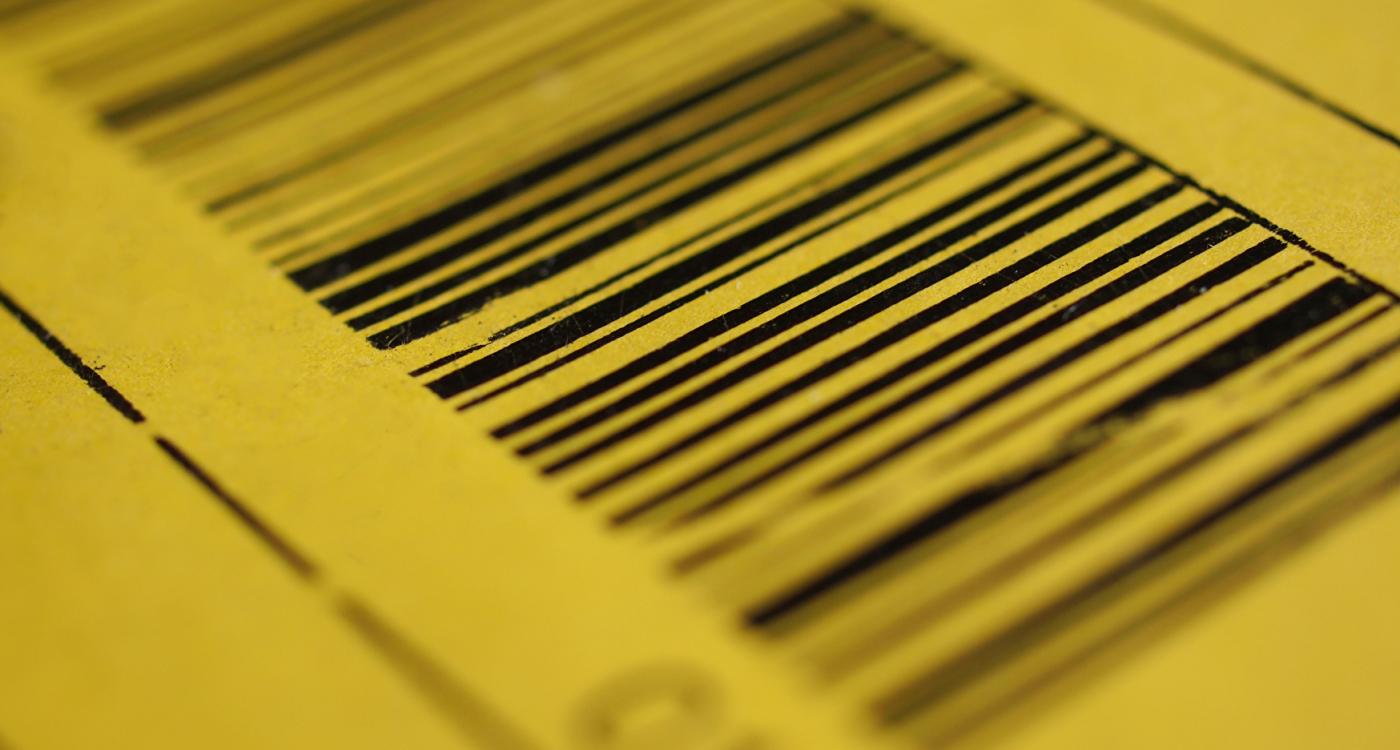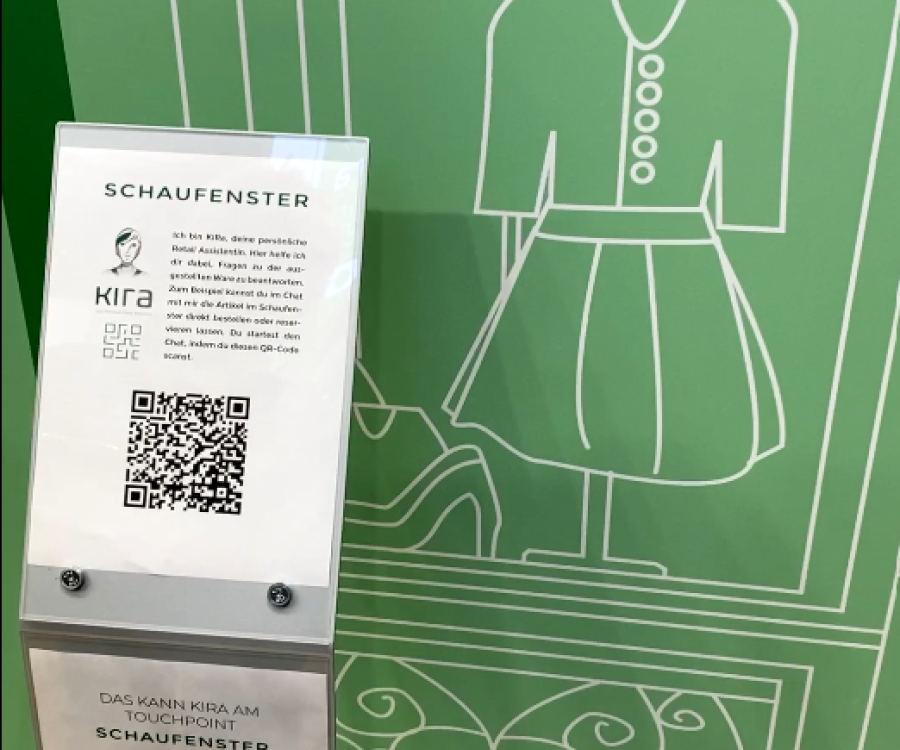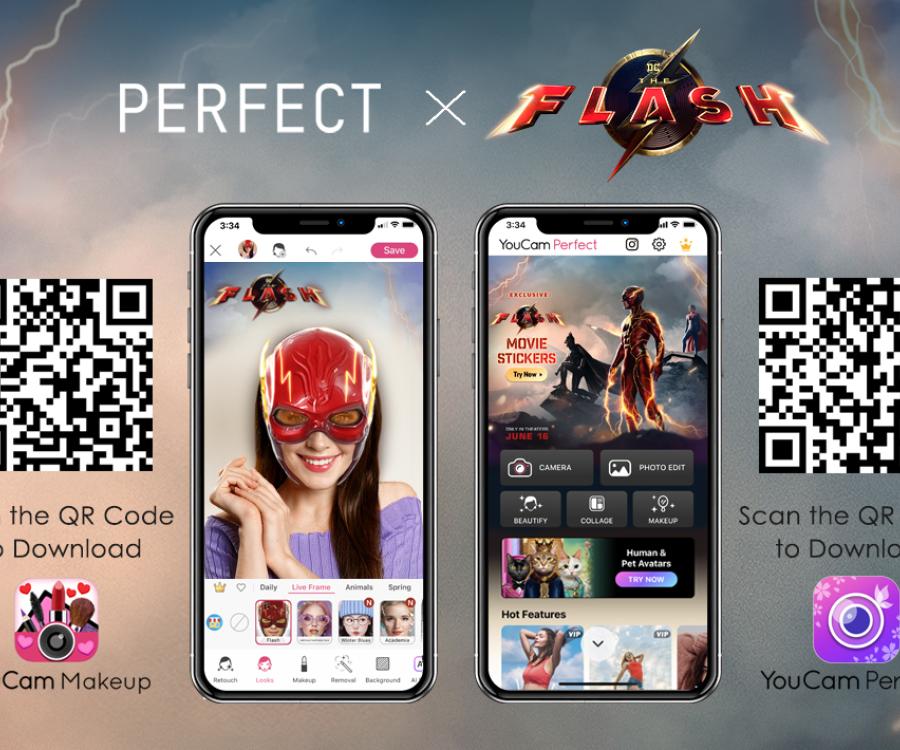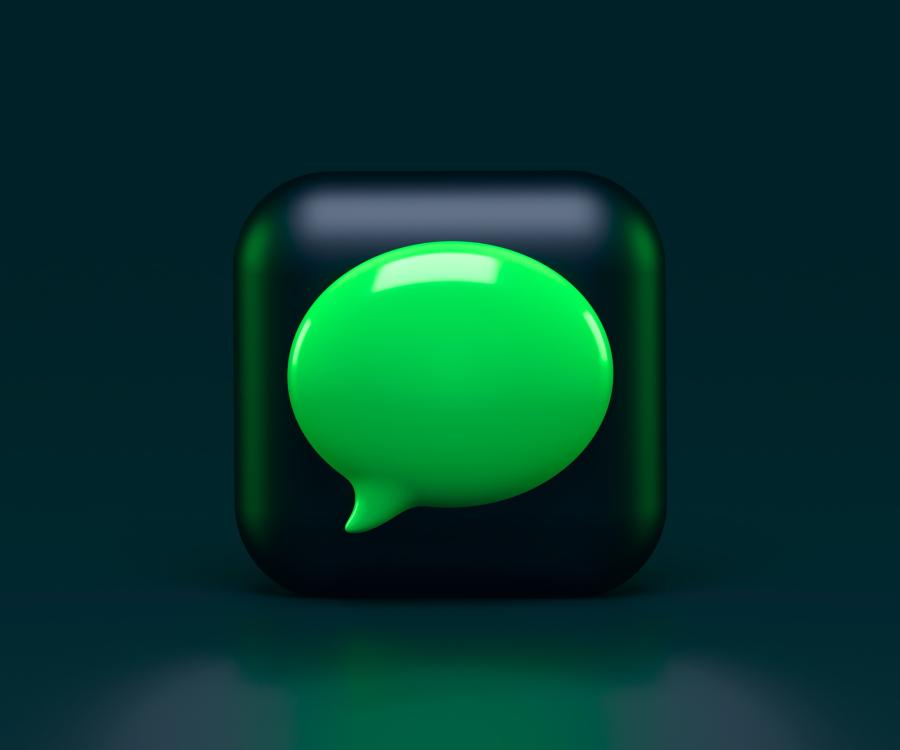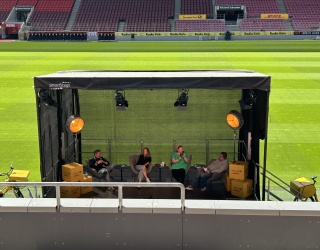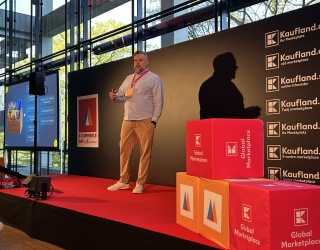Counterfeit goods prompt harmful financial losses due to a loss of sales and profits, decreased tax revenues and by threatening jobs – and this doesn’t just impact retailers and manufacturers. According to EUIPO (The European Union Intellectual Property Office), these losses add up to several billion euros annually across the European Union.
From the customer's perspective, it is likewise frustrating to consciously opt to purchase a branded product and then end up with a counterfeit instead. An innovative solution is designed to enable customers to personally verify the authenticity of a product they ordered. If they use the retailer’s app for this, it affords the seller many opportunities to interact directly with the consumer. In this interview, Dr. Ulf Sparka, Managing Director of inotec Barcode Security GmbH, describes how retailers can take advantage of this granted access.

Dr. Sparka, how did you come up with the idea of offering your service to retailers and manufacturers?
Currently, counterfeit goods account for annual losses of more than eight billion euros in Germany. The German and European markets are flooded with unbelievable amounts of counterfeit products. This means it is likely that every one of us has purchased a fake product at some point.
That’s also why consumers can’t rely on getting a branded product. If you buy products at the brick-and-mortar retailer down the street, you may still be able to presume that you just purchased an original. However, if you buy items online and the product is shipped from China, for example, you have a valid point in wondering whether you are indeed purchasing a branded product. We can reliably answer this question.
And you are able to do this with the help of labels?
Yes thanks to plain paper labels without NFC and RFID. Maybe they are not terribly sexy, but they work and they are inexpensive. NFC or RFID tags cost a few cents apiece, while paper labels are much cheaper.
How do you know so much about labels and barcodes?
We specialize in sequential barcode labels. We typically label reusable containers or those in open circulation. Food retailing uses container pools for transportation for instance. These containers are usually labeled with a barcode and we provide these barcodes.
There are many different types of barcodes out there.
That’s true but our barcodes are unique. Some milk cartons feature the same barcode for the cash register, for example, so you can identify and track the item. However, we make individual barcode labels. Our labels are absolutely tamperproof.
Are they really 100% tamperproof?
People wonder and ask us the same question all the time because 100 percent counterfeiting protection is a strong claim. After all, banknotes are supposed to be counterfeit-proof due to their many security features. And yet there are many counterfeit banknotes in circulation.
How does inotec solve this problem?
We take a different approach. Rather than being rooted in the printing technology, our security guarantee is in the software. We generate two random numbers, combine them and print them on a label with one number being visible and one being hidden in the background. This number combination is stored in a database. Customers can scan the label with my smartphone and check via an app whether the two numbers match. In doing so, they can rest assured they are about to purchase a branded product.
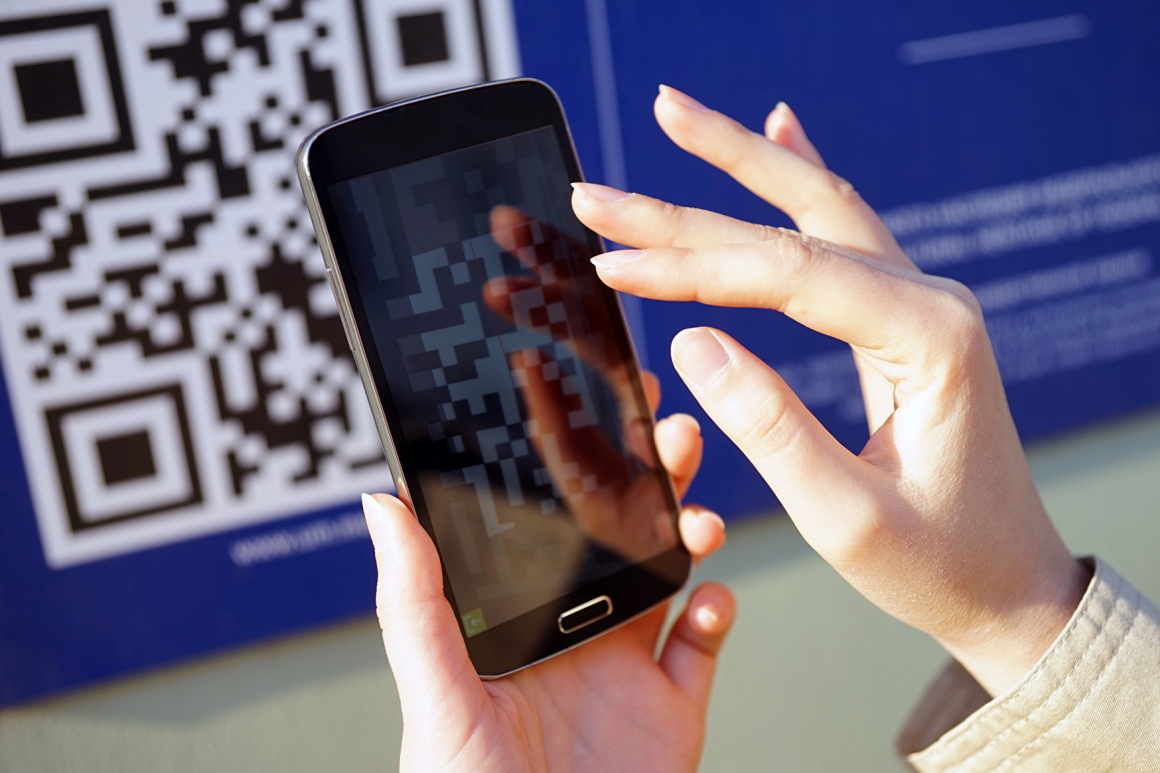
What are some other benefits of product authentication for retailers?
The retailer has a direct channel for customer communications if the consumer verifies the product via the app. Retailers can try to build customer loyalty with the help of the app by offering added benefits. Retailers can provide more content such as an explainer video for the product or recommend other related products and services like athletic trunks or training plans matching the running shoes.
Retailers could also turn the purchased product into an admission ticket to different experiences. For instance, those who scanned the code combination are permitted to download pieces of music, watch videos or become a member of an exclusive user club.
You are only limited by your own imagination when it comes to the countless ways you can utilize this access to the customer. This is where marketing departments come into play to shine.
Does this interaction also allow you to collect and use data?
Definitely. The app passes all interactions to a database in the background. Retailers and manufacturers with access to the database - either via a web app or a CRM connection - can subsequently track how their customers are currently using the product and the app. This would allow them to measure a product rollout in the market or the effectiveness of specific sales campaigns in real-time.
You have to admit that there is a catch: both customers and retailers need a special app for this service.
That is definitely a sticking point and obstacle you must overcome by creating more incentives for customers to install and use the app.
Retailers don’t have to develop or adopt a new app. We deliberately designed the product to be scalable. Those who don’t have their own app can use one of our branded apps. Retailers who already use their own apps can simply integrate our application.
What are some options if retailers or manufacturers want to try out your solution?
If you want to start small, you can get fully preconfigured labels. One label roll can label your red running shoes, while another roll tags the blue running shoes for example. This option enables retailers or manufacturers to personally attach the labels to the products.
This is not the best method if retailers or manufacturers offer dozens or hundreds of products. In this case, you would use a roll with 'blank' labels and then clearly link them with a new product and initialize it. This data is then stored in the database and ideally also made available in the ERP system.
Is your solution already in use?
We are still in the rollout phase. We have our first pilot customer, a German manufacturer, who also sells his products in Asia. This manufacturer places emphasis on offering his users the possibility of product identification and authentication but also hopes to learn more about his customers in Asia.

